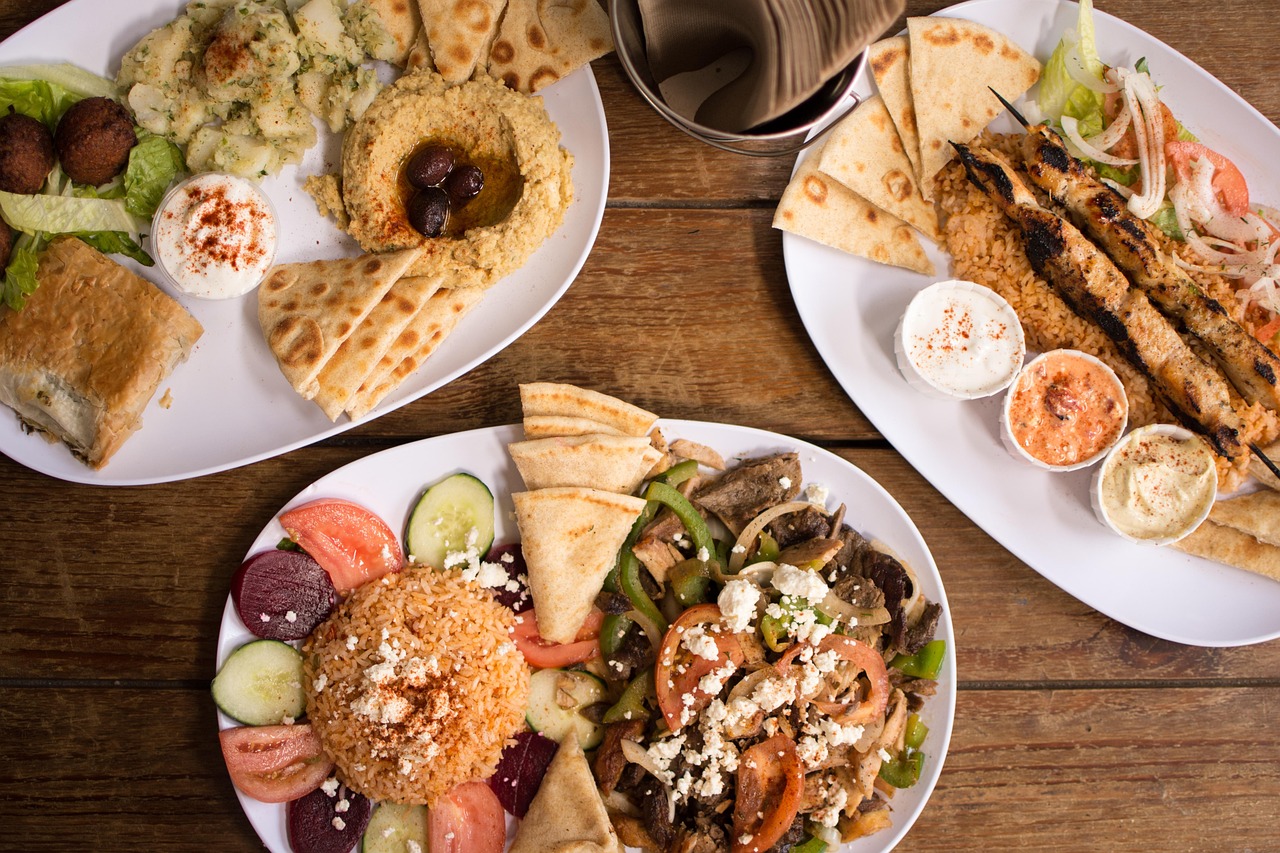Exploring the Rich Tapestry of Global Food Culture:A Glimpse into the English-speaking World
Introduction
The world of gastronomy is as diverse as the cultures that create it. Each cuisine tells a story, reflecting the history, geography, and people of a region. In this article, we will delve into the characteristics of food culture, specifically focusing on the English-speaking world, which encompasses a vast array of culinary traditions from the United Kingdom and the United States to Australia, Canada, and beyond. Let's embark on a flavorful journey to understand the unique features that define the gastronomic landscape of these countries.
1、Historical Influences
One of the most prominent features of English-speaking food cultures is the historical influence on their cuisines. The British Empire, for instance, had colonies in various parts of the world, which led to the introduction of new ingredients and cooking techniques. This is evident in the incorporation of spices from India, tea from China, and tropical fruits from the Caribbean. Similarly, the United States has a melting pot of culinary influences due to waves of immigration, resulting in a diverse food culture that includes Italian, Mexican, and Asian cuisines.
2、Regional Variations
Just as dialects and accents differ from one region to another in English-speaking countries, so too do their food cultures. In the UK, for example, you'll find the hearty Yorkshire pudding in the north, the creamy Cornish pasties in the southwest, and the savory Scottish haggis in the Highlands. The United States is no different, with New England clam chowder, Southern barbecue, and Tex-Mex reflecting the regional flavors and ingredients.
3、Emphasis on Freshness and Seasonality

Many English-speaking countries place a high value on the freshness and seasonality of their produce. This is particularly evident in the UK, where the concept of "farm-to-table" dining is deeply ingrained. The English countryside is dotted with farmers' markets, and seasonal ingredients like asparagus in spring, berries in summer, and root vegetables in winter are celebrated in dishes across the country. This emphasis on seasonality is also seen in the United States, where local and organic produce is increasingly sought after.
4、Fusion and Adaptation
The food culture in English-speaking countries is not static; it is constantly evolving through fusion and adaptation. This is seen in the creation of dishes like fish and chips, which combines the British love for fried fish with the crispy batter technique from the Iberian Peninsula. In the United States, the fusion of Southern comfort food with Asian flavors has given rise to dishes like Korean BBQ tacos. These culinary innovations showcase the adaptability and creativity of English-speaking food cultures.
5、Influence of Globalization
Globalization has played a significant role in shaping the food culture of English-speaking countries. The availability of international ingredients and the popularity of ethnic cuisines have led to a blending of flavors and techniques. For example, the UK has seen a surge in popularity for Thai, Indian, and Middle Eastern cuisines, which have influenced traditional dishes and created new hybrid recipes. The United States, being a nation of immigrants, has always embraced a diverse food culture, and this trend continues to grow with the influence of global flavors.
6、The Role of Pubs and Bars
In many English-speaking countries, pubs and bars are not just places for drinks; they are also social hubs where food is enjoyed. The British pub, for instance, is synonymous with hearty meals like bangers and mash, shepherd's pie, and Sunday roasts. In the United States, bars often serve comfort food like burgers, wings, and nachos, creating a casual dining experience that is integral to the social fabric of these countries.
7、The Rise of Gourmet and Fine Dining
While traditional and comfort foods are beloved, there has been a significant rise in the popularity of gourmet and fine dining in English-speaking countries. This is seen in the proliferation of Michelin-starred restaurants, farm-to-table eateries, and the emphasis on high-quality, locally sourced ingredients. This trend reflects a growing appreciation for culinary artistry and the desire for unique dining experiences.
8、The Impact of Media and Celebrity Chefs
The media has played a crucial role in shaping food culture, particularly with the rise of celebrity chefs. Figures like Jamie Oliver, Gordon Ramsay, and Nigella Lawson have brought cooking into the mainstream, inspiring home cooks and professional chefs alike. Their influence has led to a greater interest in cooking techniques, food science, and the art of plating, elevating the status of cooking as a form of creative expression.
9、Health and Sustainability
Health and sustainability are increasingly important factors in the food culture of English-speaking countries. There is a growing awareness of the impact of food production on the environment, leading to a shift towards plant-based diets, organic farming, and reducing food waste. This is reflected in the rise of vegetarian and vegan options on menus, as well as initiatives to support local farmers and reduce the carbon footprint of the food industry.
Conclusion
The food culture of English-speaking countries is a rich tapestry woven from historical influences, regional variations, and the dynamic forces of globalization, fusion, and adaptation. As we explore these culinary landscapes, we gain a deeper appreciation for the diversity and creativity that define the English-speaking world's gastronomic heritage. Whether it's a traditional Sunday roast in an English pub or a fusion dish in a bustling American city, food remains a universal language that brings people together and tells the story of a culture's heart and soul.











